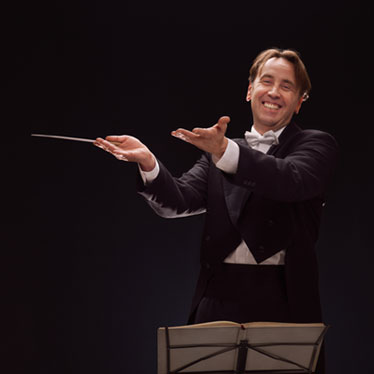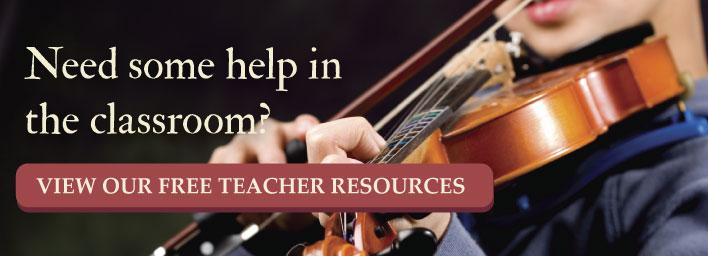Tips for Introducing Your Musicians on Stage

Performing is different from public speaking. When you're performing, even on a solo performance, there's still a thin shred of separation between you and the audience. But when you must talk to the audience, you have to look them right in the eye, so to speak. That can be a bit more nerve-wracking. It's no wonder speaking publicly is the most common fear people have. So you're not alone.
Even so, your musicians deserve good introductions and your audiences are eager to hear them – subject to a few caveats mentioned below. But before we get to the "don'ts," let focus on the "dos" of making a good introduction for your musicians on stage.
- Write it down! Just because you know how to speak and you know your musicians, doesn't mean you can make up your intro on the spot. It won't go well. Even the most experienced public speakers take some time to think about what they're going to say and jot down a few talking points.
- Confirm pronunciations. If there are any names or home towns that you aren't 100% certain how to pronounce correctly, find out. If any pronunciations are difficult, say them out loud to get comfortable with them. Young musicians will be quite excited to hear their names announced out loud and will be so disappointed if they aren't said correctly.
- Know your audience. When you think about what you want to say, consider who the audience is for this introduction. If it's mostly proud parents, gear your remarks to the kinds of things they want to hear about their little performers – in moderation. If it's a family event with a lot of young kids in the audience, think about what would capture their attention. If you're expecting any music scouts or recruiters in the audience, include a point or two that will pique their interest.
- Keep it short. Don't be curt. People do want to hear more than "Here comes Janice on violin," but they're also eager for the music. Think about how many people you're introducing at once. Unless it's a solo introduction, you probably won't have time to share an anecdote about the performer. If you're introducing a quartet or other smaller ensemble, you may be able to include an anecdote about the entire group.
- Make the intro about the performer. Whatever your additional comments or anecdotes, make sure it's about the performer. Not about what you think about the performer.
- Think about your transitions and flow. Transitions are as necessary in public speaking as they are in music. You don't want your introduction to have a monotone staccato flow. Use pauses, different sentence lengths and verbal segue ways to add some life into your speech. You don't need to speak in iambic pentameter, but you don't want to be flat.
- Practice it! You don't let your students get on stage to perform a piece they've never practiced, do you? How would that go? Practice your introductions as you would do them on stage. Say them out loud. Something that might sound engaging when written down can come off quite differently said out loud. Or it can just sound confusing, or you'll find that what you wrote just doesn't flow nicely or comfortably when spoken aloud. You'll uncover any weaknesses in your intro as you practice it, for which you'll be very grateful to have rectified before the performance.
- Ask people to applaud, indirectly. This is the hint that the intro is over. You can say something like "So please join me in welcoming…" and start clapping yourself.
And now for a few "donts":
- Don't overlook your body language. Make this part of your practice routine. Where are you on stage? How will you pivot or use your arms to draw attention to someone? People who are nervous about speaking publicly will often tighten themselves into as small a space onstage as they can manage. Practice against falling into that bad habit.
- Don't make it too casual or have some fun at the performer's expense. There are probably inside jokes and funny tidbits that you and your students enjoy during the regular grinds of practicing and rehearsing. They aren't going to translate well before an audience who won't get them. Any good-natured ribbing someone gets in the class can be demoralizing when repeated in the context of a performance. The introduction isn't just for the audience, but should also gear up the performer about what they're about to do.
Now that you're ready to put together great introductions, here's a little bonus help to make your kids look and feel great while they're on stage.


